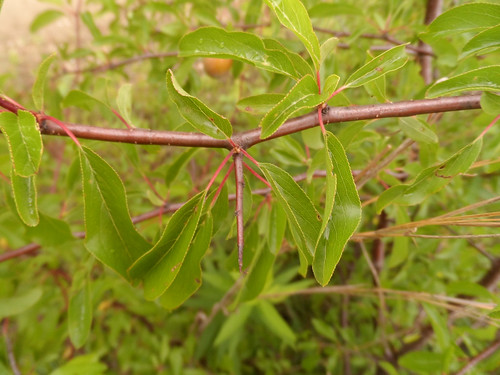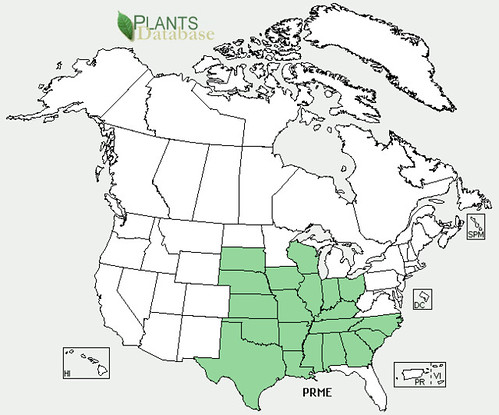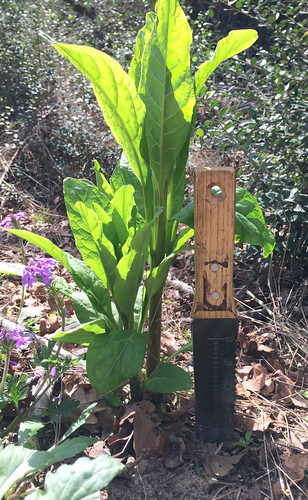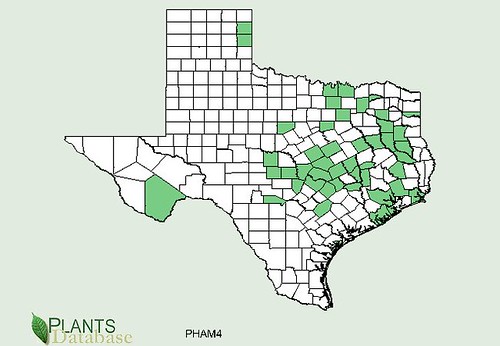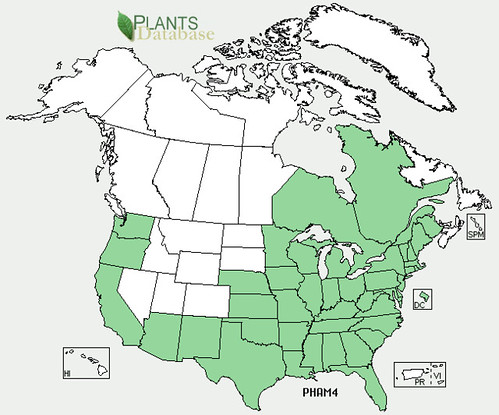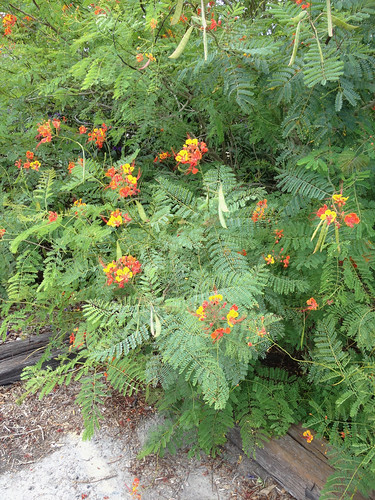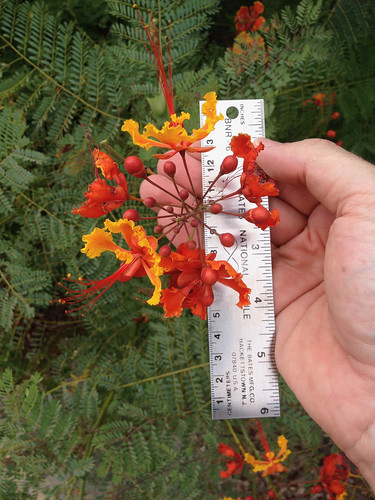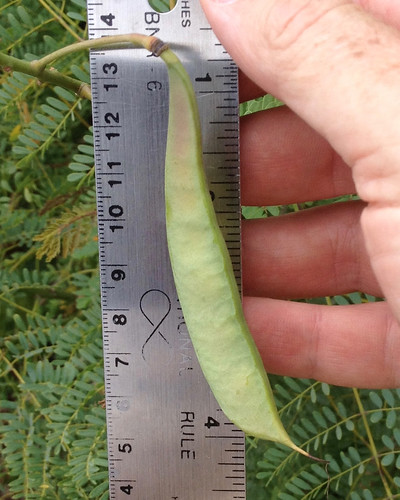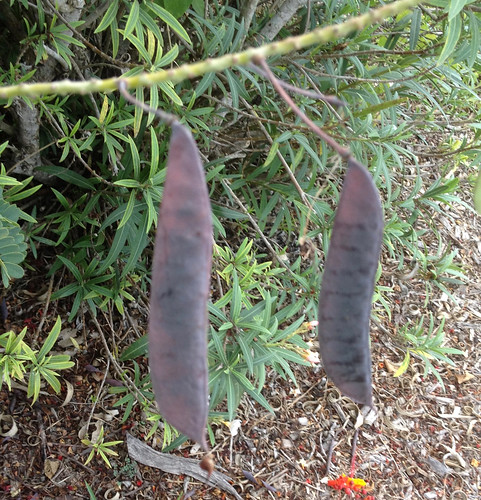Abundance: common
What: ripe berries (black)
How: cooked, wine
Where: woods, borders
When: late summer, fall
Nutritional Value: low in carbohydrates, minerals and vitamins
Dangers: Berries contain crystals of calcium oxalate which must be removed before consuming.




Texas distribution, attributed to U. S. Department of Agriculture. The marked counties are guidelines only. Plants may appear in other counties, especially if used in landscaping.

North American distribution, attributed to U. S. Department of Agriculture.

Peppervine is a summertime vine that loves hot weather though the berries don't appear until close to the start of the school year. These vines prefer full sun to partial shade so look for them along fences in your neighborhood and climbing over bushes at the edges of woods. Soil type doesn't seem to matter.
The sweet, grape-flavored berries are ripe when they are black. Leave the spotted pink and purple berries to ripen more. Though delicious, most people get a weird tickle in the back of their throat after eating one or more berries. This tickle is actually due to tiny needles of calcium oxalate which are defensive measure of the Peppervine. Excessive consumption of calcium oxalate will result in chemical burns in your throat.
Luckily, calcium oxalate isn't very water soluble and easy to separate from the berries' juice. My preferred method is to squeeze the berries through cheesecloth, collecting the juice and discarding any solids left in the cheesecloth. Now add one ounce of tap water to every nine ounces of juice and place this solution in a see-through pitcher or bottle in your refrigerator. Let it sit overnight which causes the needles of calcium oxalate to settle down to the bottom of the container. Carefully pour off the liquid while avoiding stirring up and re-adding the calcium oxalate back into the solution. Pouring it through a coffee filter will help remove the crystals. It's best to err on the side of caution and leave behind juice rather than get some of the calcium oxalate.
Once you've operated out the calcium oxalate you can use this juice like grape juice. Drink it, jelly/jam it, or even make wine from it!







